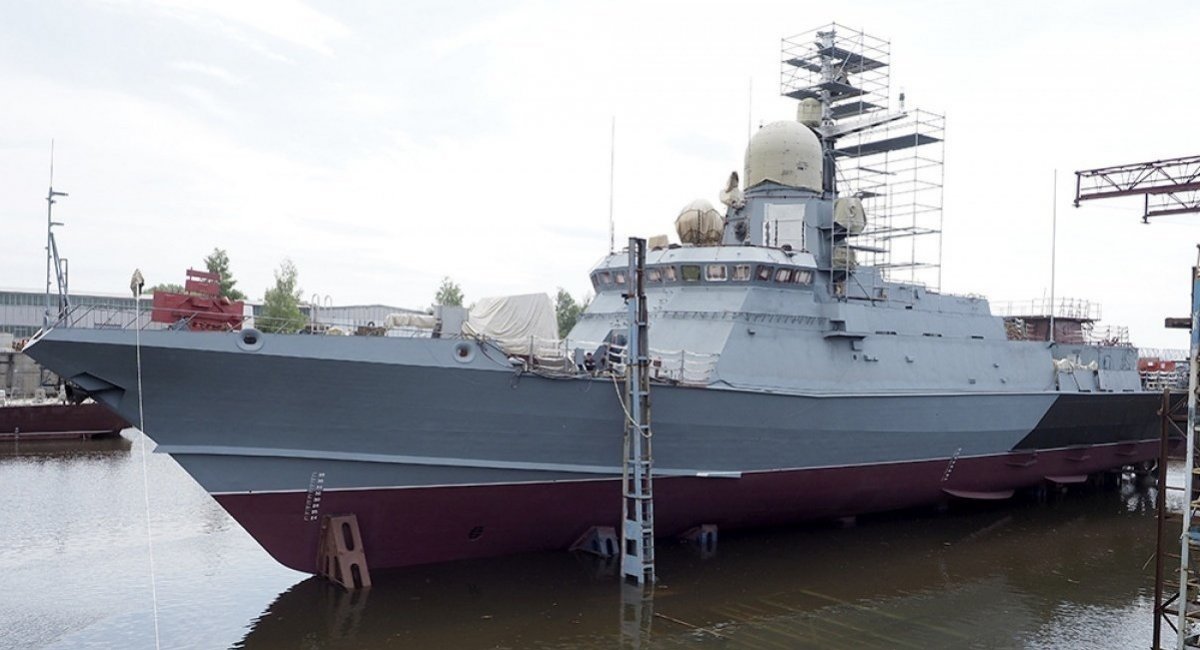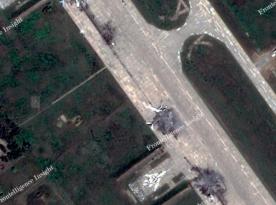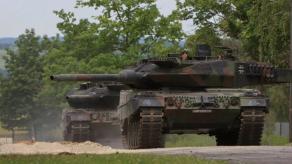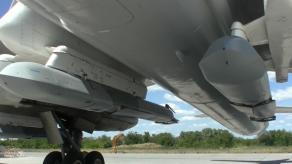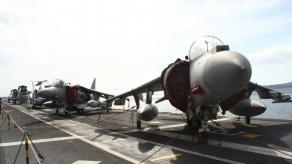Kremlin-controlled media report that from now on, "small missile ships" (corvettes) for the russian Navy will be built with enhanced engine room protection, based on experience gained during the war against Ukraine. This enhancement aims to counter naval drones deployed by the Ukrainian Defense Forces.
These reports quote Renat Mistakhov, General Director of the Ak Bars shipbuilding corporation, who promised additional protection for missile corvettes that are currently built for all four russian fleets. Notably, Mistakhov pointed out that Ukrainian unmanned kamikaze boats typically target the engine compartments to immobilize and make the ships more vulnerable.
Read more: russia Wants to Counter Ukrainian Maritime Drone Threat with the VT-30E Helicopter Drone
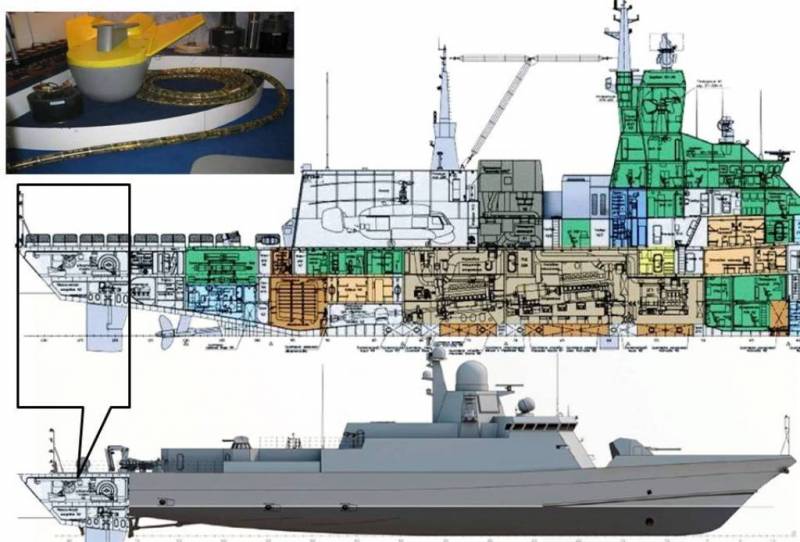
Until now, there has been no information about any protection for engine rooms on russian missile corvettes of any project. For example, Kalibr cruise missile carriers of Project 21631 Buyan-M and Project 22800 Karakurt have never had such protection. It is possible that the design of these ships does not allow for such a modification, and Mistakhov's promises may remain merely declarative.
On the other hand, even on an associative level, Mistakhov's mention of "strengthened protection in the center of the ship, weakened protection in the bow and stern" draws parallels with ironclad warships from World War I or battleships of the WWII era.
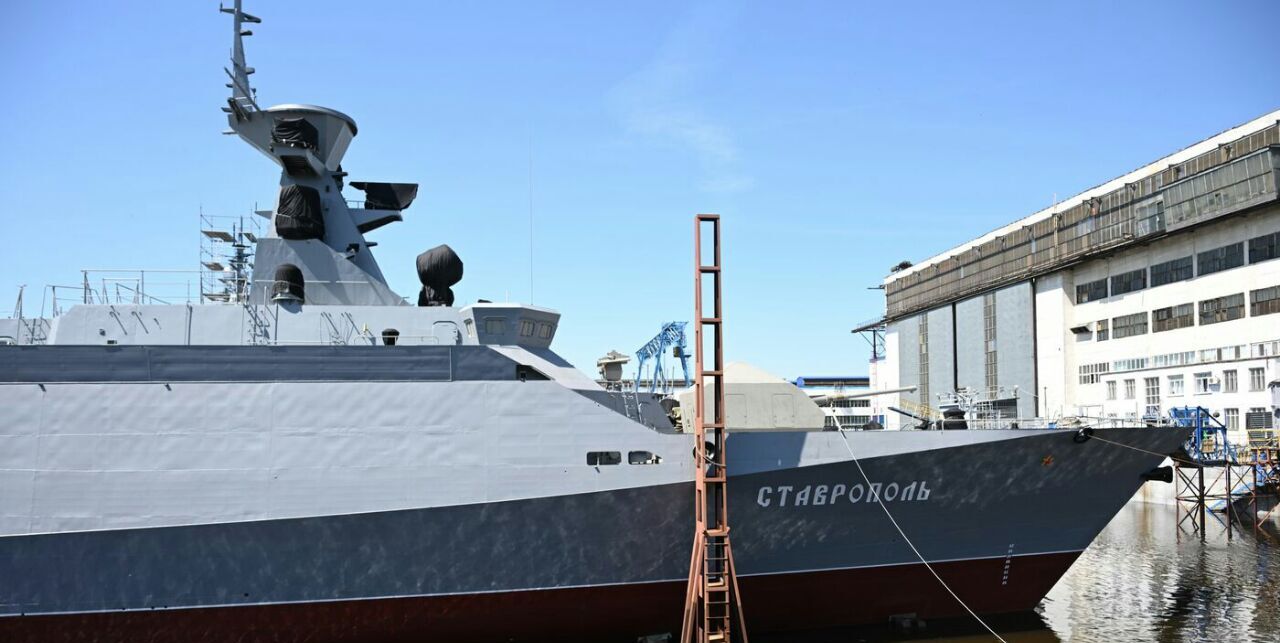
Publicly available footage of Ukrainian kamikaze boat attacks shows that the hits inflicted by drones usually leave holes both below and above the waterline. To counter this, russia may need to apply something more sophisticated than standard anti-torpedo armor which strengthens the underwater parts of corvette hulls.
One could jokingly suggest that the russians might start welding "cope cages" of slat armor to their missile corvettes. Ironically, naval history knows a similar protection format, the anti-torpedo nets.

Given that russia has already revived boom barriers, a World War I bay protection method, a return to anti-torpedo nets seems likely, too. However, these nets reduce ship maneuverability in the open sea, which is why they were abandoned with technological progress.
Nevertheless, russian media have begun promoting anti-torpedo nets as a new solution to protect their ships from Ukrainian suicide boats.

Read more: Ukraine's Sea Baby Naval Drone Can Create Mine Barriers, russian Samum and Pavel Derzhavin Got Caught




